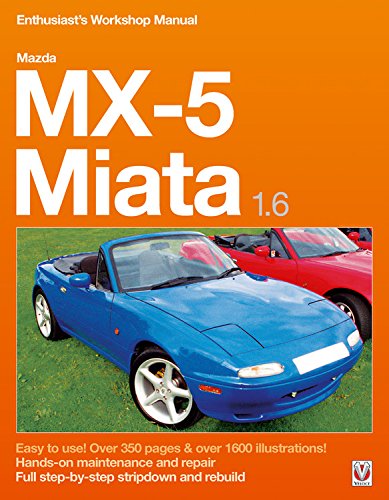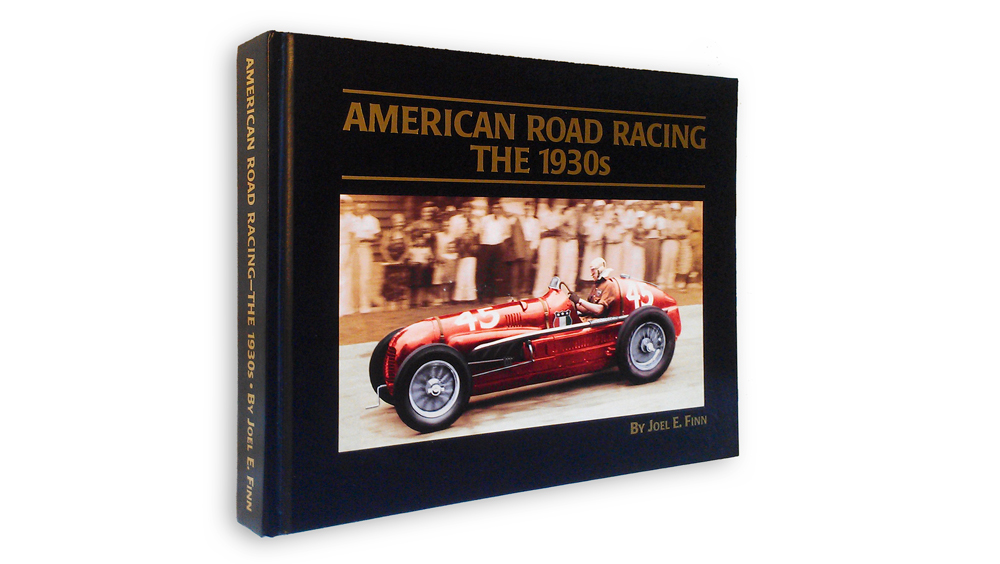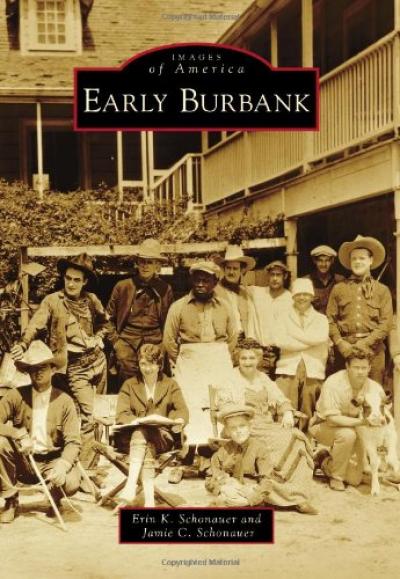
The automobile has long been a symbol of status, power, and autonomy, and ever since King Tut rolled through Egypt on his golden-wheeled chariot, artists and drivers have dreamed up mobile masterpieces. A striking photographic tribute and social history, Road Show navigates a path across high and low art, showing how people around the world are transforming their vehicles into stunning folk art, obsessive collections, social commentary, and visionary performances. In this fascinating showcase, we see how Henry Ford’s motto, “Any color as long as it’s black,” has been hung out to dry. From the Wienermobile to a hand-carved wooden Ferrari that drives in the canals of Venice to a giant red stiletto heel, Road Show brings the “museum of the streets” to life.

With open-topped styling and performance evocative of the classic sportscars of the 1960s, the Mazda MX-5/Eunos had to be a huge international success – and that’s exactly what it’s become. Now a familiar sight on the streets and boulevards of the world, the MX-5 is owned by real enthusiasts, the kind of people who will want to have hands-on involvement with the maintenance and repair of their prized possession. For those enthusiasts, here is what we believe to be the best, easiest to use workshop manual in the world.
Author Rod Grainger set out to create a new kind of owner’s workshop manual – friendly, easy to understand, easy to use, and yet more detailed than any other manual currently available: two years later, the Mazda MX-5 Miata 1.6 Enthusiast’s Workshop Manual was the result. Rod, and fellow enthusiasts Pete and Judith, stripped down an MX-5 in an ordinary domestic garage using ordinary tools and, in the process, took over 1,500 step-by-step photographs. The result of all this work is a superbly detailed text which passes on to the reader every detail of important jobs, including how problems can be overcome without resorting to special tools. This manual even tells the reader the size of nuts and bolts so they can start work with the right tools and all clearances and torque values are given in the text as the reader needs them. At paragraph level, a unique symbol system provides cross-references or tells the reader that there are helpful associated photos, drawings and tables. The dreaded words “reassembly is a reversal of the dismantling procedure” are banned, and every task, from changing a bulb to rebuilding the gearbox, is described in full. Besides detailed coverage of maintenance and repairs, this manual includes advice on rustproofing, cosmetic tuning and mechanical tuning. Rod’s manual was prepared with the assistance of Mazda, and it applies to all 1.6 litre models built between 1989 and 1995. Most of the manual is relevant to later 1.6 litre models, too.

Road racing in the United States was born in the early 1930s with the founding of the Automobile Racing Club of America (ARCA). By the late 1930s the crude, home built jalopies racing on back yard dirt tracks, had given way to events that featured some of the finest examples of European thoroughbred automobiles racing on public streets and roads across America. Packed with more than 600 rare period photographs and illustrations, this tome by historian, author and racer Joel Finn is based largely on original documents from the archives of the Automobile Racing Club of America and lengthy interviews with its members and active participants in the sport.
With more than 600 rare period photographs and illustrations, 400pp, large format, and hard-bound cover, this is Joel Finn’s acclaimed history of road racing in the United States during the 1930s.

Burbank is an innovator, a world traveler a city with artistic flair and creativity. From the entertainment industry taking up residence in the early 20th century to the Lockheed Aircraft Company opening shop in 1928, Burbank’s masterpieces have transcended the coasts. Films shot on Burbank back lots and streets have entertained audiences worldwide. Lockheed planes built on Burbank soil flew across the world with the likes of Amelia Earhart and Charles Lindbergh. Once a robust farming community, Burbank, founded on May 1, 1887, and later incorporated as a city on July 8, 1911, dons its name from Dr. David Burbank, a New Hampshire born dentist who, in 1867, bought over 9,000 acres of land amid the sun-kissed foothills of the Verdugo Mountains land that was awaiting creative cultivation.

This book is dedicated to the Soviet Space Dogs, who played a crucial part in the Soviet Space program. These homeless dogs, plucked from the streets of Moscow, were selected because they fitted the program’s criteria: weighing no more than 15 pounds, measuring no more than 14 inches in length, robust, photogenic and with a calm temperament. These characteristics enabled the dogs to withstand the extensive training that was needed to prepare them for suborbital, then for orbital, space fights. On 3 November 1957, the dog Laika was the first Earth-born creature to enter space, making her instantly famous around the world. She did not return. Her death, a few hours after launching, transformed her into a legendary symbol of sacrifice. Two further strays, Belka and Strelka, were the first beings to make it back from space, and were swiftly immortalized in children’s books and cartoons. Images of the Space Dogs proliferated, reproduced on everyday goods across the Soviet Union: cigarette packets, tins of sweets, badges, stamps and postcards all bore their likenesses. Soviet Space Dogs uses these unique items to illustrate the story (in fact and fiction) of how they became fairytale idols. The first book to document these items, it contains more than 350 images, almost all of which are previously unpublished, and many of which have never been seen before outside Russia. The rich and varied ephemera (from cigarette packets to sweet wrappers and children’s toys) of Soviet graphics will have immense appeal to the art and design market, as well as appealing to dog-lovers everywhere.







